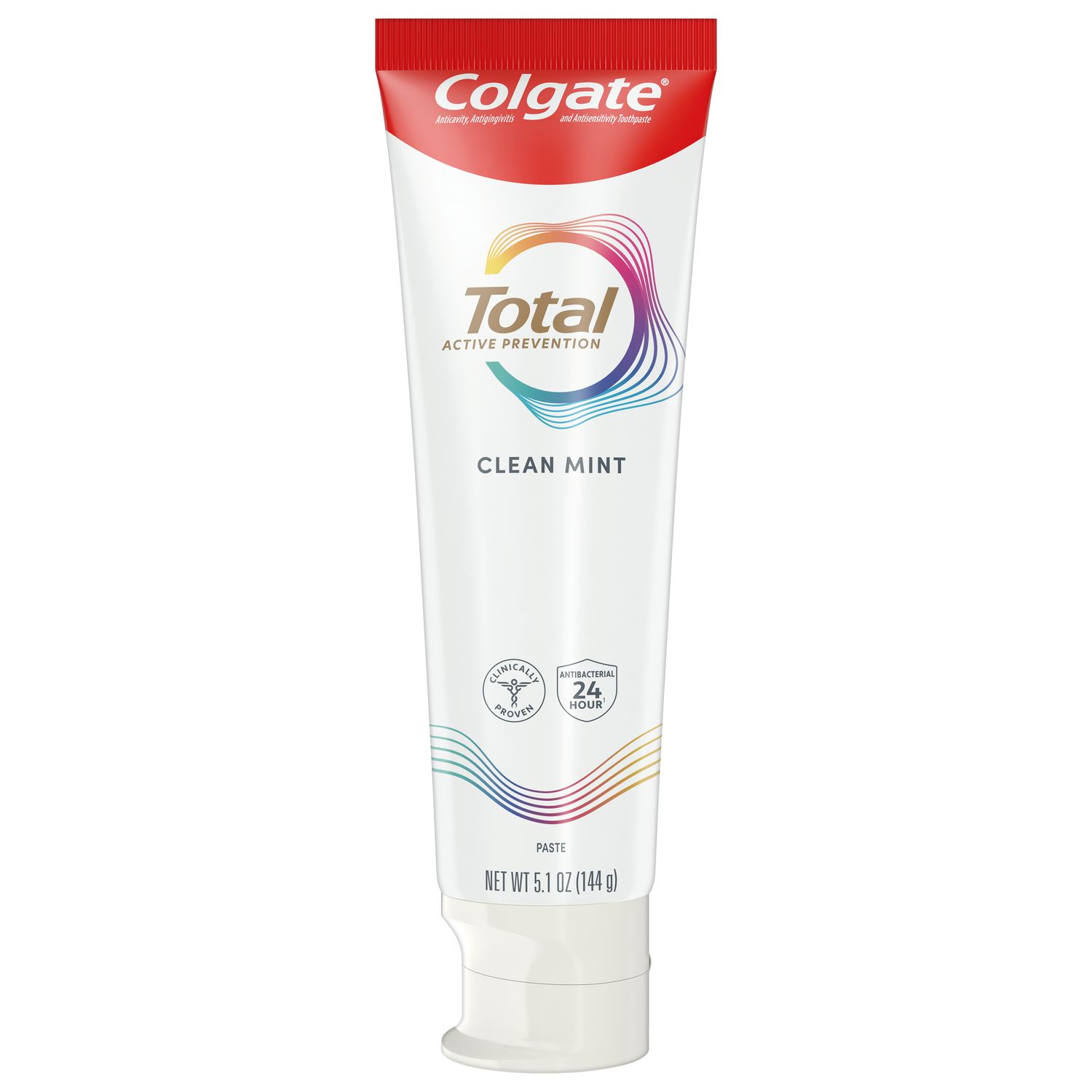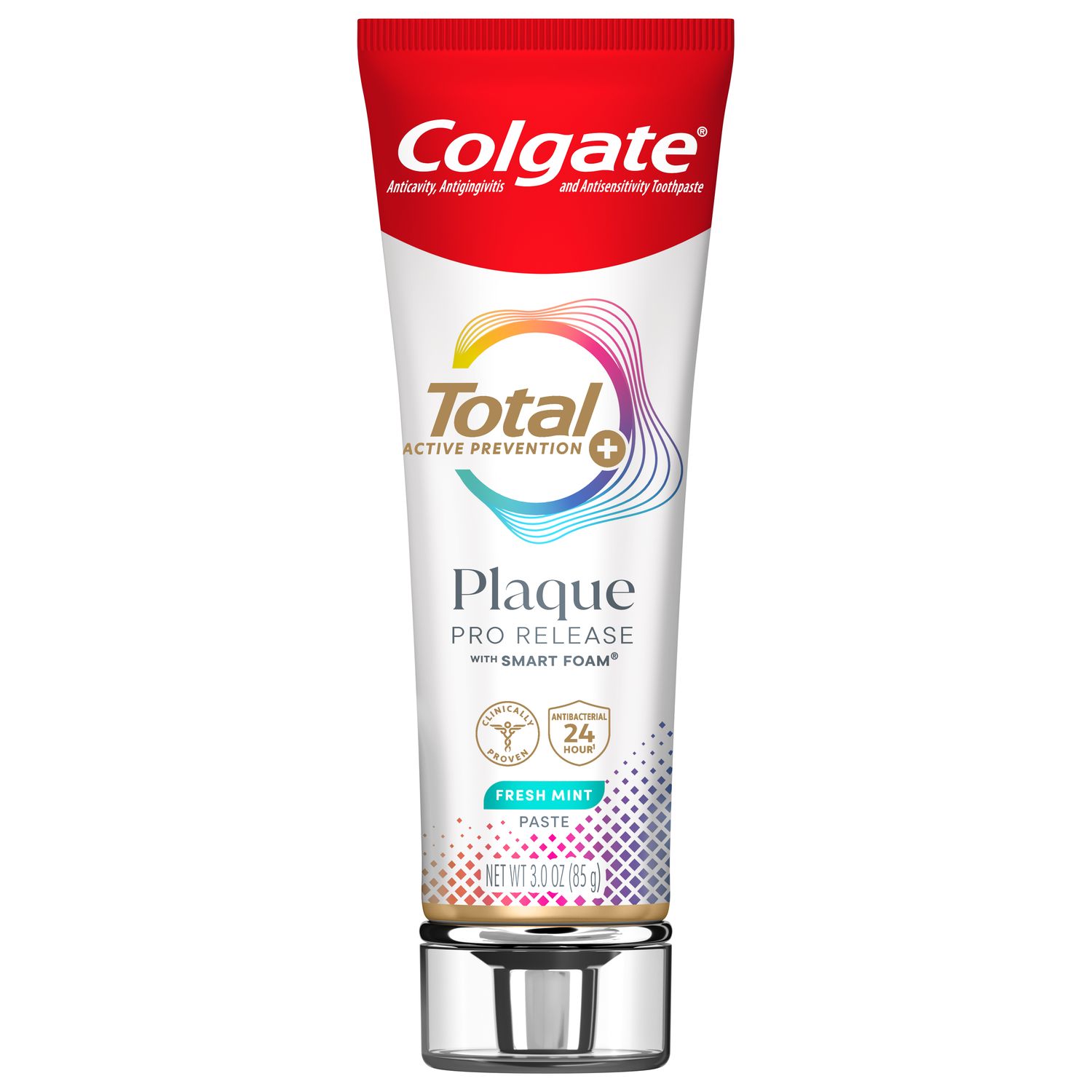
During your clinical education, you’ll no doubt be required to perform caries risk assessments. This is an essential skill for a dental student, and what you do next is just as important. In this article, we’ll talk about how dental students can follow up with the appropriate treatment planning and interventions for patients at all risk levels.
The caries risk assessment
Dental caries is a complex multifactorial disease that, if left untreated, can lead to advanced destruction of hard dental tissues. A caries risk assessment is performed to determine the patient's risk level by assessing risk factors that may place the patient at risk for dental caries, protective factors and the patient's medical and dental history. According to the American Dental Association’s (ADA) Caries Risk Assessment guidance and as shown in the ADA Caries Risk Assessment Forms for young children and patients over age 6, examples of caries risk factors include:
- Frequent/prolonged exposure to sugary foods and drinks between meals
- Lack of/inadequate fluoride exposure
- Poor oral hygiene (visible plaque)
- Xerostomia
- Health conditions (e.g., eating disorders or special health care needs)
- Recent caries experience (prior 24 or 36 months, depending on age)
- Caries experience in the immediate family.
Using a tool like the ADA Caries Risk Assessment Forms, you can assign a patient low-, moderate- or high- caries risk status. Based on the patient’s risk level, you can then provide targeted interventions to help prevent, halt or reverse the disease at the earliest opportunity. For example, increasing exposure to fluoride which is a protective factor and reduced intake of sugary snacks or drinks.
Topical fluoride and caries risk level
For patients with low caries risk, a fluoride toothpaste such as Colgate Total Daily Repair can help to protect against dental caries, and to remineralize.
For patients at moderate or high risk of caries, a prescription-strength home use topical fluoride provides extra protection and is recommended for patients age 6 and over at risk for dental caries. This is supported by a 2013 systematic review and ADA recommendations.
Prescription-strength (5000 ppm fluoride) topical fluorides include Colgate PreviDent 5000 Plus, Colgate PreviDent 5000 Enamel Protect, and Colgate PreviDent 5000 ppm Booster Plus.
In-office fluoride treatments are also recommended for patients at moderate and high risk for dental caries. Patients of all ages can receive fluoride varnish treatments, using a product like Colgate PreviDent Varnish.
Behavior modification
Fluoride therapy is an important part of caries prevention and risk management. It should go hand-in-hand with good oral hygiene and good dietary choices.
The ADA recommends advising your patients to reduce the amount of carbohydrates in their diet, particularly if they are at high risk of caries. Patients should limit sugary snacks between meals and cut down the amount of added sugar in their diets. For a healthy diet, they should also limit acidic foods and drinks. And of course, you should educate your patients about the importance of brushing twice daily with a fluoride toothpaste and cleaning between the teeth.
Communicating caries risk and management
While we can offer recommendations and interventions, much of the success of caries prevention (or treatment) relies on patient behavior and compliance. For that reason, it’s important to ensure that your patient understands their individual level of caries risk, the potential progression of the disease, and their role in their oral health. To summarize, you might find the following talking points helpful:
- It is within the patient’s power to help prevent, halt or even reverse caries. Diet modification and good oral hygiene are small but impactful steps patients can take at home to reduce caries risk.
- When used as directed, topical fluoride is a safe and effective way to fortify enamel and protect against caries. You may want to refer to this article on starting a conversation about fluoride, and this article about talking to parents about fluoride.
- Caries risk factors can develop and change over time, so regular dental check-ups and caries risk assessments are essential for early detection and intervention.
The caries risk assessment is an effective tool for the prevention and management of dental caries when used to inform a targeted, individualized treatment plan and patient care. As a result, you will be much better equipped to help your patients achieve positive oral health outcomes.
Join us
Get resources, products and helpful information to give your patients a healthier future.
Join us
Get resources, products and helpful information to give your patients a healthier future.













